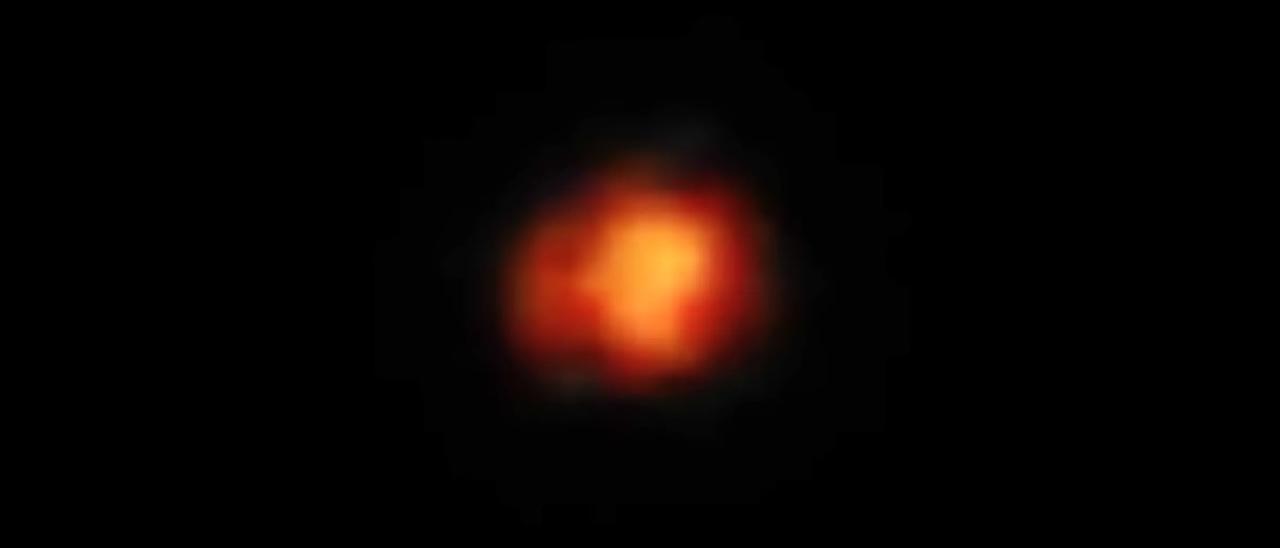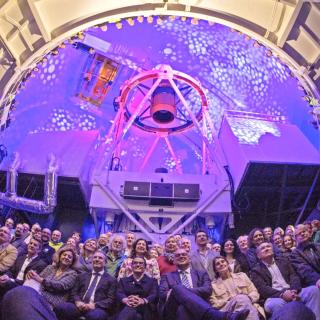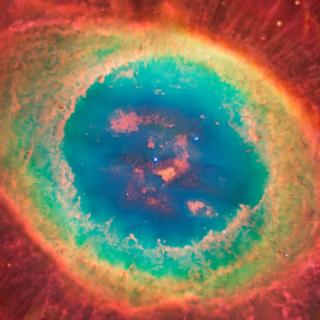An international study, carried out by the James Webb Space Telescope (JWST) in which the Instituto de Astrofísica de Canarias (IAC) has participated, shows that the universe could produce extremely luminous galaxies at very early epochs, when it was only some 3% of its present age. This result implies that these galaxies formed stars before, and more quickly than predicted by current theoretical models. The study also reveals an unusual galaxy that “imitates” the emission from a very distant galaxy. The results are published in the journal Nature.
During the first months of scientific activity of the JWST in 2022 the science team of the programme Cosmic Evolution Early Release Science (CEERS), which mapped a very deep field using several instruments of this space telescope, discovered a surprisingly large number of galaxies in the very distant universe. Among them they found some of the oldest galaxies ever observed, which must have formed when the universe was less than 500 million years old. In fact one of them, named CEERS-93316, seemed to be even further away, and brighter, which would have set a new record for the earliest galaxy ever observed.
Now, a new study, led by the National Optical-Infrared Astronomy Research Laboratory (NOIRLab), and carried out with the powerful infrared spectrograph NIRSpec on the JWST has re-observed some of these early bright galaxies, and has confirmed that two of them, the galaxy nicknamed “Maisie’s Galaxy” and CEERS 588, are extremely young and brilliant. These galaxies, which formed only 390 and 410 million years after the Big Bang, respectively, i.e. when the universe was less than 3% of its current age. Moreover, they are unexpectedly bright, which suggests that they formed stars before, and more quickly than present theoretical models predict.
“The difference between Maisie’s Galaxy and CEERS2_588, and the few other confirmed galaxies at that epoch of the universe is that they are much brighter” says Pablo Arrabal Haro, a researcher at NOIRLab, the first author of the article, who obtained his PhD at the IAC. “Confirming two very luminous extremely distant galaxies strengthens the idea of a rapid growth of the galaxies in the first few hundred million years after the Big Bang” he adds.
The science team, as well as confirming the ages of two of these early galaxies, has also unmasked a candidate for the oldest galaxy ever observed CEERS-93316. Although previously it was thought to have formed when the universe was only 240 million years old, in fact it comes from a much later time, when the universe was 1200 million years old.
“The particular combination of redshift, strong dust darkening, and other patterns of emission produced an energy distribution which imitates the emission predicted for an extremely distant galaxy, when examining only the images, which confused the teams which had previously analyzed the first data from CEERS” indicates Arrabal Haro.
The results obtained not only augment the understanding of the early universe by the research community, by increasing the number of bright galaxies detected, but also underlines the importance of follow-up observations to confirm or refute “revolutionary” discoveries.
"On the one hand we have verified that there was a substantial population of surprisingly bright galaxies in very early epochs, which formed their stars more quickly than we had predicted. On the other hand CEERS-93316 provides story with a moral: extraordinary candidates require conclusive proof” explains Marc Huertas Company, an IAC researcher who participated in the study.
Until now, the CEERS team has observed over a thousand faint galaxies with NIRSpec. Also a number of studies led by NOIRLab and the University of Texas at Austin have confirmed 16 galaxies with cosmic ages between 390 and 640 million years after the Big Bang. “Without more information the colours can fool us, but NIRSpec on the JWST is an extraordinary instrument to confirm or refute the candidates which the JWST is discovering” concludes Arabal Haro.
Article: Arrabal Haro, P. et al. “Confirmation and refutation of very luminous galaxies in the early Universe”. Nature(2023). DOI: https://doi.org/10.1038/s41586-023-06521-7
IAC contact:
Marc Huertas-Company, mhuertas [at] iac.es (mhuertas[at]iac[dot]es)
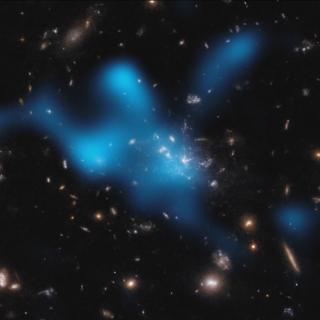
An international scientific team, in which the Instituto de Astrofísica de Canarias (IAC) participates, has discovered a large reservoir of hot gas in the still-forming galaxy cluster around the Spiderweb galaxy. The finding reveals that this protocluster, far from dispersing, will end up gravitationally bound for the rest of its existence. Located at an epoch when the Universe was only 3 billion years old, this is the first time such a hot gas has been detected at such distances. The study, published in Nature, confirms that galaxy clusters, one of the largest known structures in the
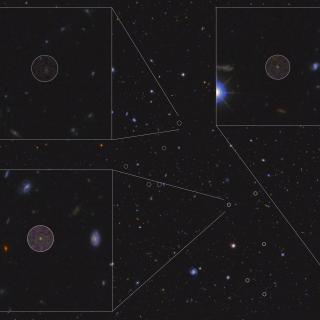
A study, led by researchers at the Instituto de Astrofísica de Canarias (IAC) and carried out with OSIRIS, an instrument on the Gran Telescopio Canarias (GTC), has found the most densely populated galaxy cluster in formation in the primitive universe. The researchers predict that this structure, which is at a distance of 12.5 billion light years from us, will have evolved becoming a cluster similar to that of Virgo, a neighbour of the Local Group of galaxies to which the Milky Way belongs. The study is published in the specialized journal Monthly Notices of the Royal Astronomical Society
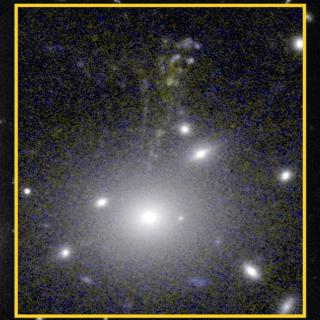
An international team, including researchers from the Instituto de Astrofísica de Canarias (IAC), used combined data from different radio telescopes located in Spain to probe the mode of star formation in a galaxy when the universe had less than 30% of its current age. They revealed that the properties of the molecular gas reservoir are similar to the one of our own Galaxy, unseen up to now in the distant universe. The paper is published in the Astrophysical Journal Letters. A major question in the study of galaxies is on the mode of star formation, how efficient the conversion of cold gas
